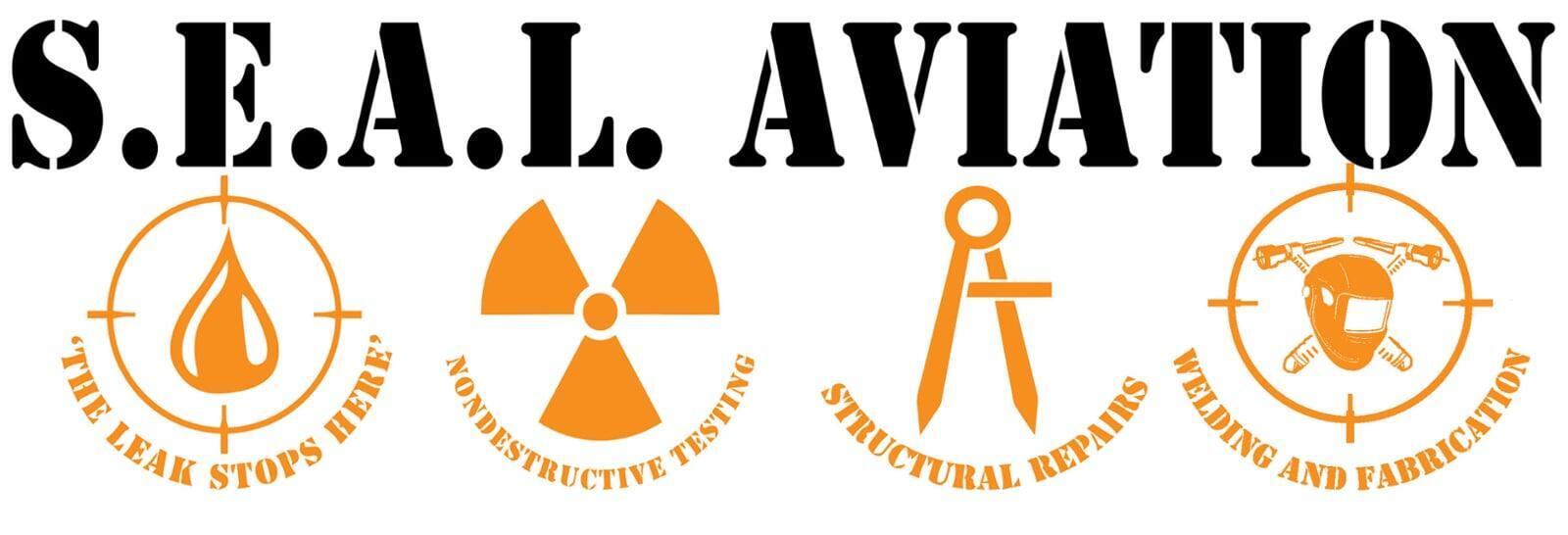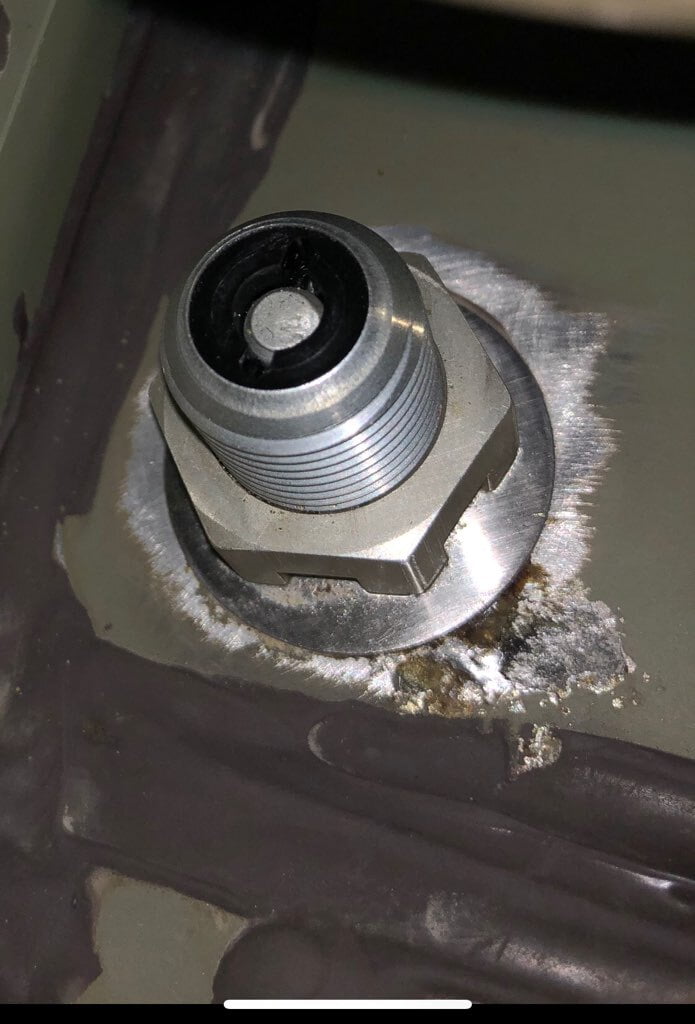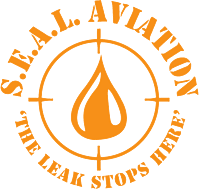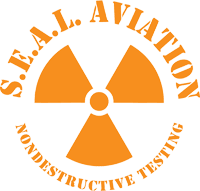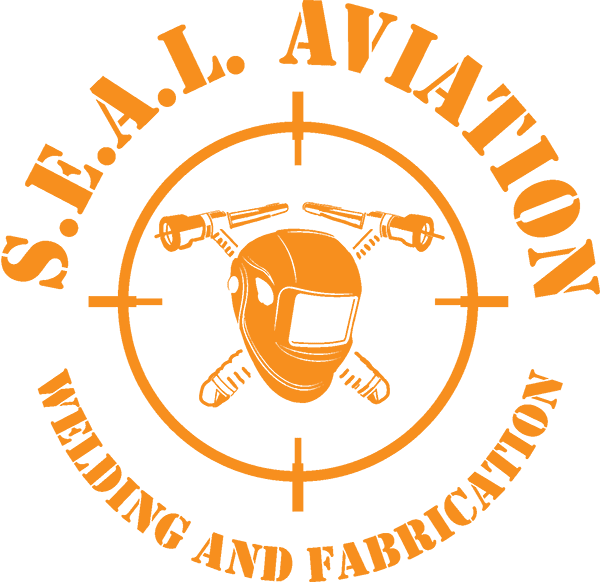Types of aircraft corrosion and where to find it:
1. Stress corrosion - Typically this type of corrosion appears in highly stressed metal parts like landing gear or engine crankshafts detected by non destructive testing.
2. Filiform corrosion - This type of corrosion develops on aluminum surfaces and will show up as tiny, worm-like lines underneath paint work causing it to bubble up and flake off detected by visual inspection and NDT.
3. Surface corrosion - Visual inspection
4. Dissimilar metal corrosion - Visual inspection
5. Exfoliation corrosion - Visual inspection
6. Chemical induced corrosion - Visual and NDT inspections areas like battery storage, laboratory including bacterial growth
7. Intergranular corrosion - This kind of corrosion attacks 7000-series alloys like stringers or wing spars. This form of corrosion is the most difficult to find and once found visually, typically it is too late to save that particular piece of metal. Early detection can be found by Non Destructive Testing.
Prevention is critical as is the fix.
Having personnel that are trained to inspect for early signs of corrosion will help reduce down time and repair cost. Keeping an aircraft constantly washed is imperative to prevent the accumulation of pollutants and dirt and can deter the progression of corrosion. Utilizing a corrosion inhibitor product can also play a role in preventing corrosion. Once found, fixing corrosion damage is a job best left in the hands of highly trained and certified technicians who are familiar with all aircraft types. A quick read of FAA Advisory Circular 43-4B will give one an idea of the complexities involved with the control of corrosion on aircraft.
